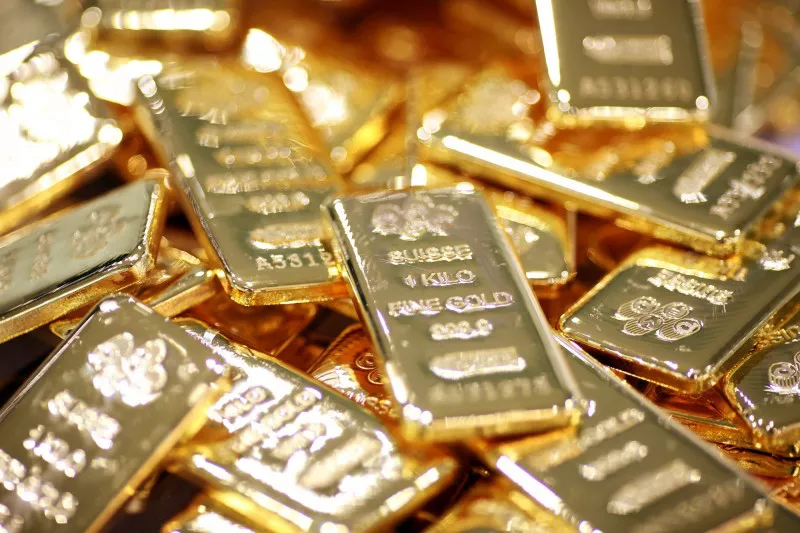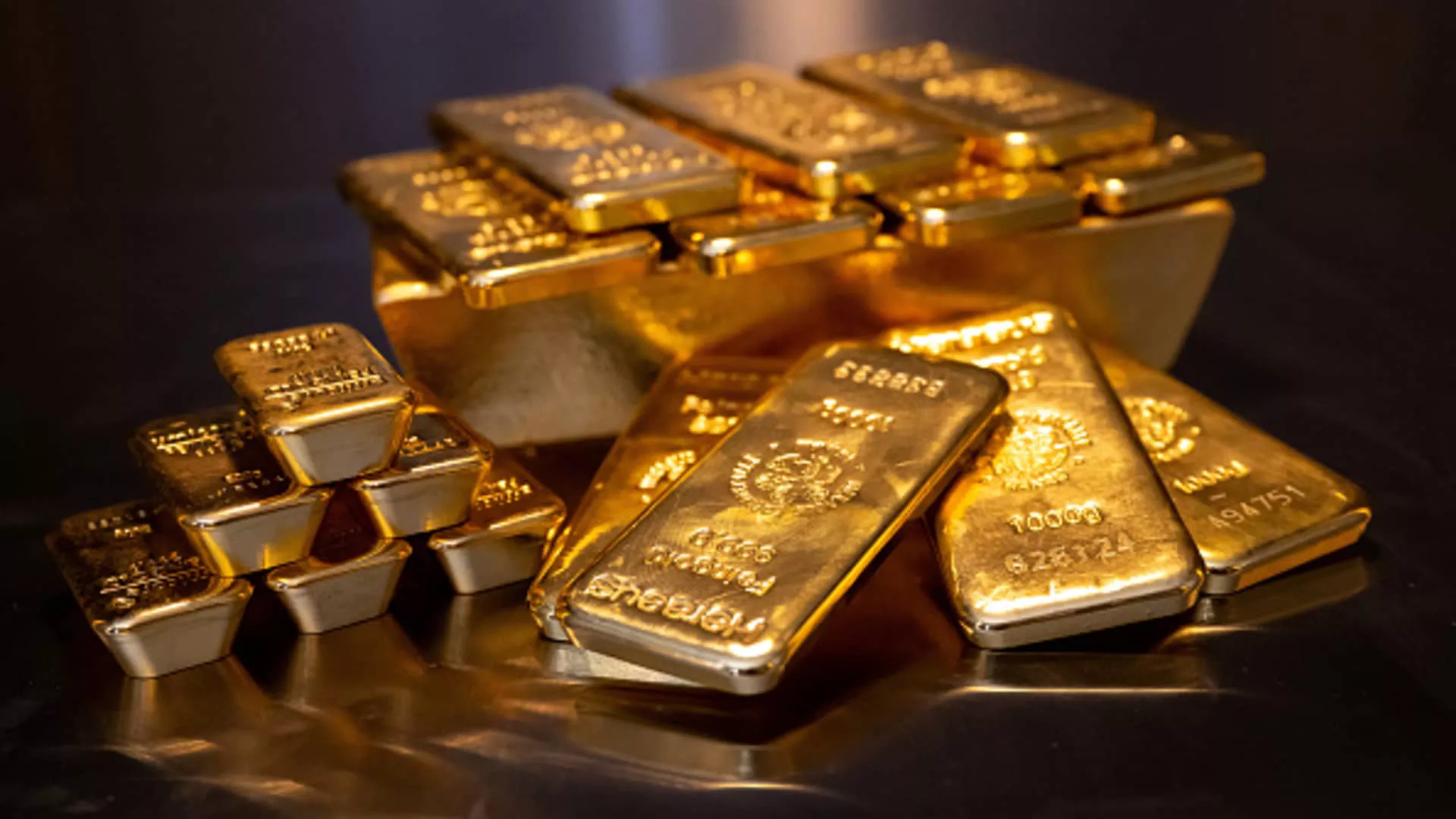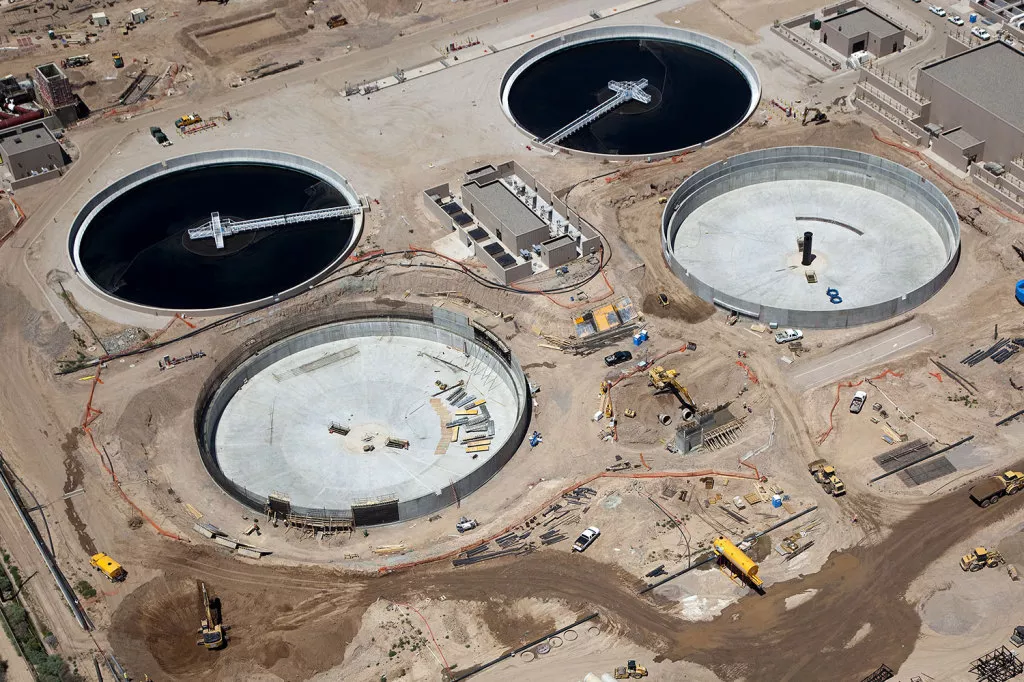Gold has been a symbol of wealth and beauty for centuries. In its raw form, it holds a special allure due to its natural and unrefined state. Understanding what raw gold is and how it is processed is essential for anyone interested in the precious metals industry. This article will explore the nature of raw gold, its characteristics, extraction methods, and its journey from ore to market-ready metal.
Understanding Raw Gold
Raw gold, also known as natural gold or gold ore, is gold that has not been refined or processed into a pure form. It is found in nature in a variety of forms, from tiny flakes and dust to nuggets and large rocks. Raw gold is typically mixed with other minerals and impurities, which must be separated during the refining process.
Characteristics of Raw Gold
Raw gold can vary greatly in appearance and composition. Here are some common characteristics:
Color: Raw gold has a rich, golden-yellow hue, though it can appear darker due to impurities.
Density: It is one of the densest metals, with a specific gravity of around 19.3, making it heavier than most other minerals found with it.
Malleability: Raw gold is soft and malleable, allowing it to be easily shaped.
Luster: It has a metallic luster that is bright and reflective, which helps in identifying it.
Forms of Raw Gold
Raw gold can be found in various forms, including:
Placer Deposits: These are accumulations of gold in riverbeds, streambeds, and beach sands. Placer gold is usually in the form of flakes, nuggets, or grains.
Lode Deposits: This is gold that is embedded in rock formations, often in quartz veins. Lode gold requires mining and crushing of the ore to extract the gold.
Alluvial Gold: Similar to placer gold, this is gold that has been eroded from its original source and deposited in new locations by water action.
See Also: 6 Ways To Sell Gold Jewelry For Cash
Extraction and Processing of Raw Gold
The journey of raw gold from its natural state to a refined product involves several steps. Each step is crucial to ensure that the gold is extracted efficiently and safely.
Exploration and Prospecting
The first step in the extraction of raw gold is exploration. Geologists and prospectors use various methods to locate gold deposits. These methods include:
Geological Surveys: Mapping and studying the geological formations that are likely to contain gold.
Sampling and Drilling: Taking samples from potential sites to determine the presence and concentration of gold.
Geophysical Methods: Using technology to detect the physical properties of rocks that may indicate the presence of gold.
Mining Methods
Once a gold deposit is found, mining begins. There are several methods used to extract raw gold from the earth:
Placer Mining: This method involves washing gold-bearing gravel and sand in water to separate the gold. Common techniques include panning, sluicing, and dredging.
Hard Rock Mining: This method is used to extract gold from lode deposits. It involves drilling, blasting, and hauling ore to be crushed and processed.
Byproduct Mining: Sometimes gold is found in ores containing other metals. In such cases, gold is extracted as a byproduct of mining for other metals like copper or silver.
Crushing and Milling
For lode gold, the ore must be crushed and milled to release the gold particles. This process involves:
Crushing: Breaking down large rocks into smaller pieces using crushers.
Milling: Grinding the crushed ore into a fine powder to liberate the gold particles.
Concentration and Separation
After milling, the gold particles need to be concentrated and separated from the ore. Several methods are used for this purpose:
Gravity Concentration: Using gravity to separate heavy gold particles from lighter materials. Methods include shaking tables, jigs, and spirals.
Flotation: Using chemicals to create frothy bubbles that gold particles cling to, separating them from other minerals.
Cyanidation: Dissolving gold in a cyanide solution to separate it from the ore. This method is highly effective but requires careful handling due to the toxicity of cyanide.
Refining
Once the gold has been concentrated and separated, it undergoes refining to achieve a high level of purity. Refining methods include:
Smelting: Heating the gold with fluxes to remove impurities. The molten gold is poured into molds to form bars or ingots.
Electrolysis: Using an electric current to purify gold. The gold is dissolved in an electrolyte solution and then plated onto a cathode.
Aqua Regia: Dissolving gold in a mixture of hydrochloric and nitric acids to separate it from impurities.
Uses of Raw Gold
Raw gold has a wide range of applications due to its unique properties. Some of the most common uses include:
Jewelry
Gold’s luster, malleability, and resistance to tarnish make it ideal for jewelry. Raw gold is often alloyed with other metals to create various shades and increase durability.
Investment
Gold is a popular investment due to its ability to retain value over time. Investors buy raw gold in the form of coins, bars, and bullion as a hedge against inflation and economic uncertainty.
Industrial Applications
Gold is used in various industries for its conductive and corrosion-resistant properties. Some common industrial applications include:
Electronics: Gold is used in connectors, switches, and relay contacts due to its excellent conductivity and resistance to tarnish.
Dentistry: Gold is used in dental alloys for crowns, bridges, and other dental work because it is biocompatible and easy to work with.
Aerospace: Gold is used in spacecraft and satellite components for its ability to reflect infrared radiation and protect sensitive instruments from heat.
Medical Applications
Gold has several medical applications due to its biocompatibility and resistance to bacteria. Some examples include:
Imaging: Gold nanoparticles are used in medical imaging to enhance the visibility of certain tissues and structures.
Treatment: Gold compounds are used in the treatment of certain medical conditions, such as rheumatoid arthritis.
Economic and Environmental Impact
The extraction and processing of raw gold have significant economic and environmental impacts. Understanding these impacts is crucial for sustainable mining practices.
Economic Impact
Gold mining contributes to the economy by creating jobs and generating revenue. It supports various sectors, including:
Employment: Gold mining provides jobs for thousands of people in exploration, mining, and processing.
Revenue: Gold sales generate significant revenue for mining companies and governments through taxes and royalties.
Infrastructure Development: Mining operations often lead to the development of infrastructure such as roads, schools, and hospitals in remote areas.
Environmental Impact
Gold mining can have adverse environmental effects if not managed properly. Some of the main environmental concerns include:
Habitat Destruction: Mining activities can lead to the destruction of natural habitats and loss of biodiversity.
Water Pollution: Chemicals used in gold extraction, such as cyanide and mercury, can contaminate water sources, posing risks to human and aquatic life.
Soil Erosion: Mining can lead to soil erosion and degradation, affecting agriculture and local ecosystems.
Sustainable Mining Practices
To mitigate the environmental impact of gold mining, several sustainable practices can be implemented:
Reclamation: Restoring mined land to its natural state by replanting vegetation and rehabilitating ecosystems.
Water Management: Implementing measures to prevent water pollution and conserve water resources.
Waste Management: Properly managing mine waste to minimize environmental contamination.
Community Engagement: Involving local communities in decision-making and ensuring they benefit from mining activities.
Conclusion
Raw gold, in its natural and unrefined state, holds significant value and allure. Understanding its characteristics, extraction, and processing methods is crucial for anyone interested in the gold industry. While gold mining has substantial economic benefits, it also poses environmental challenges that require careful management and sustainable practices. By balancing economic growth with environmental protection, the gold industry can continue to thrive while minimizing its impact on the planet.
Related topics:
































